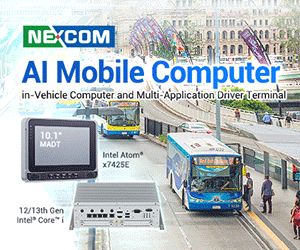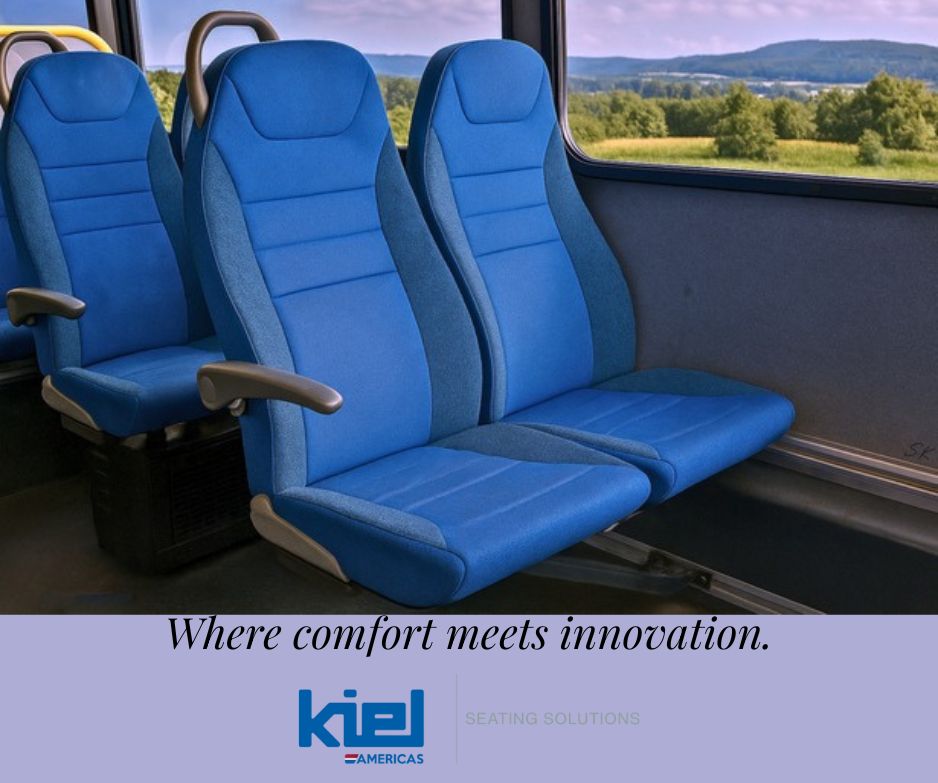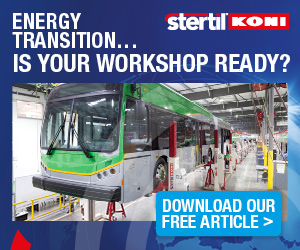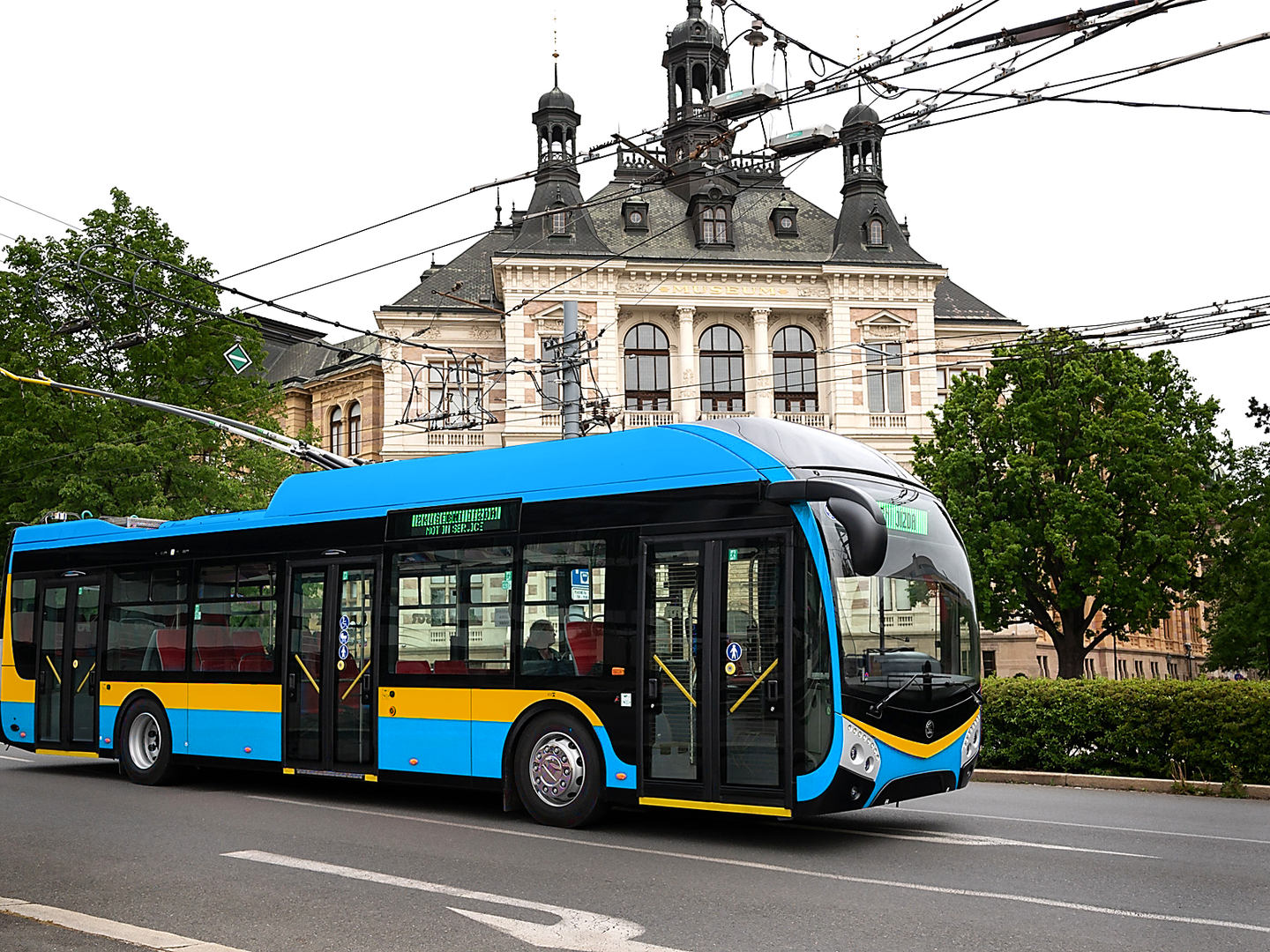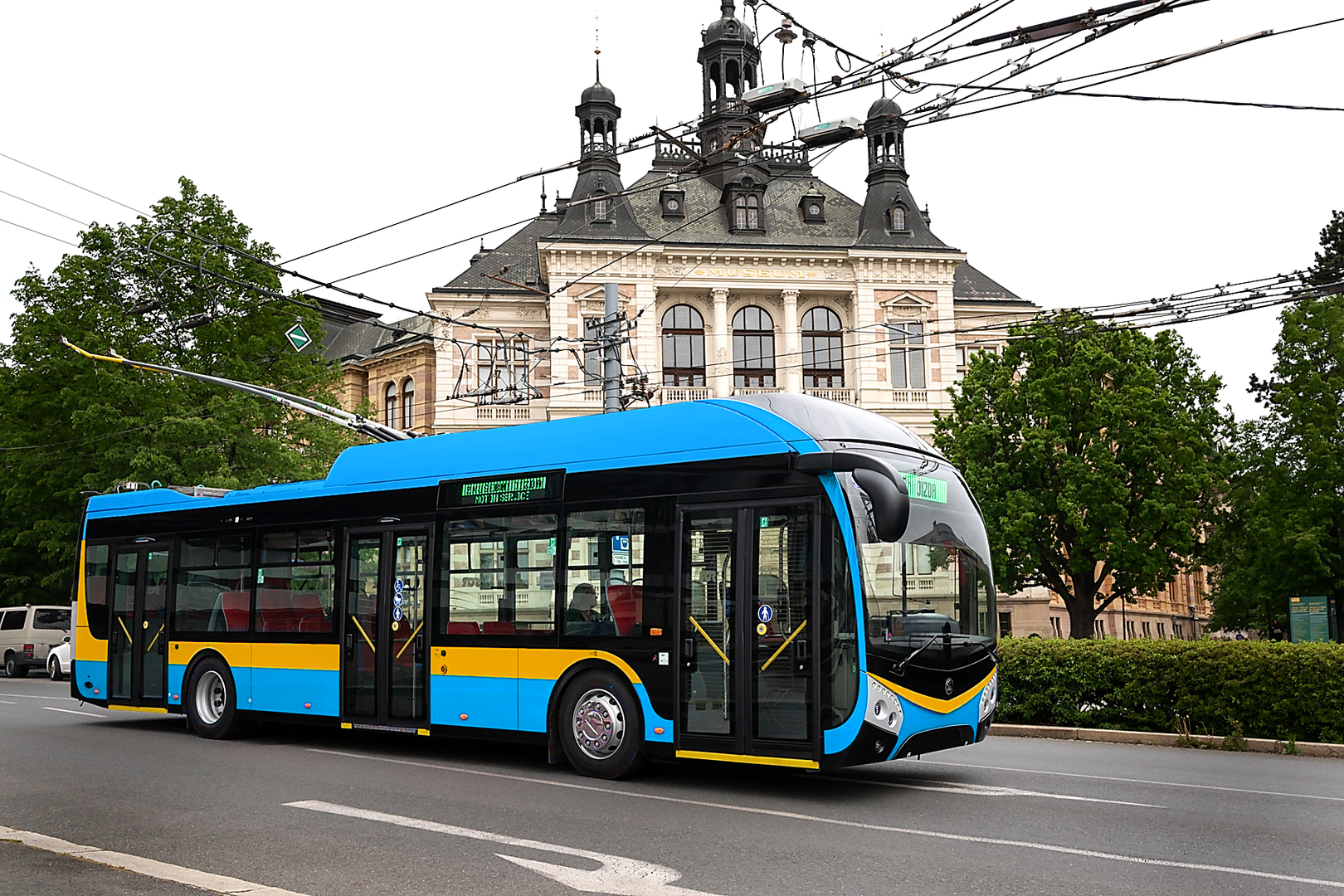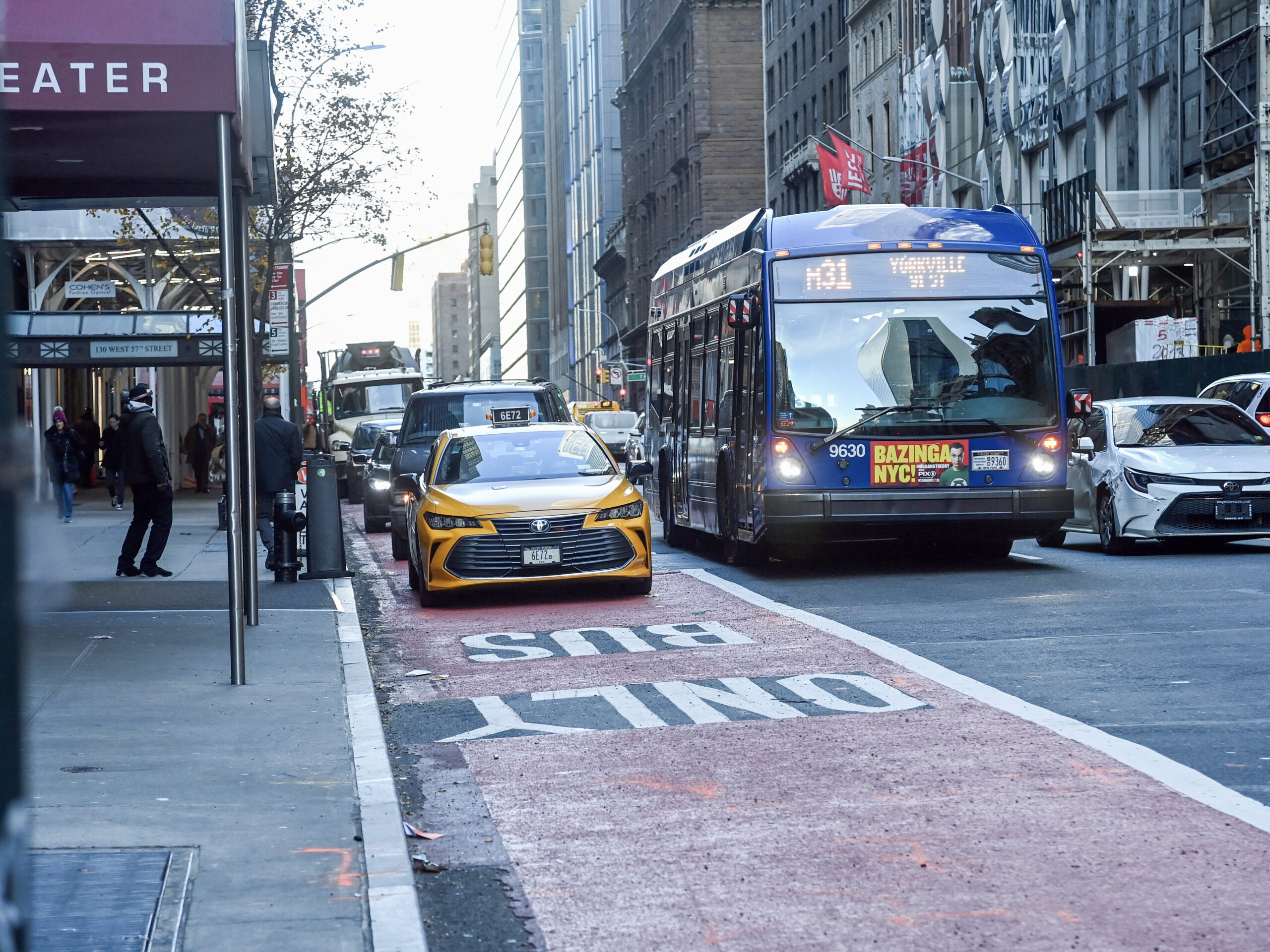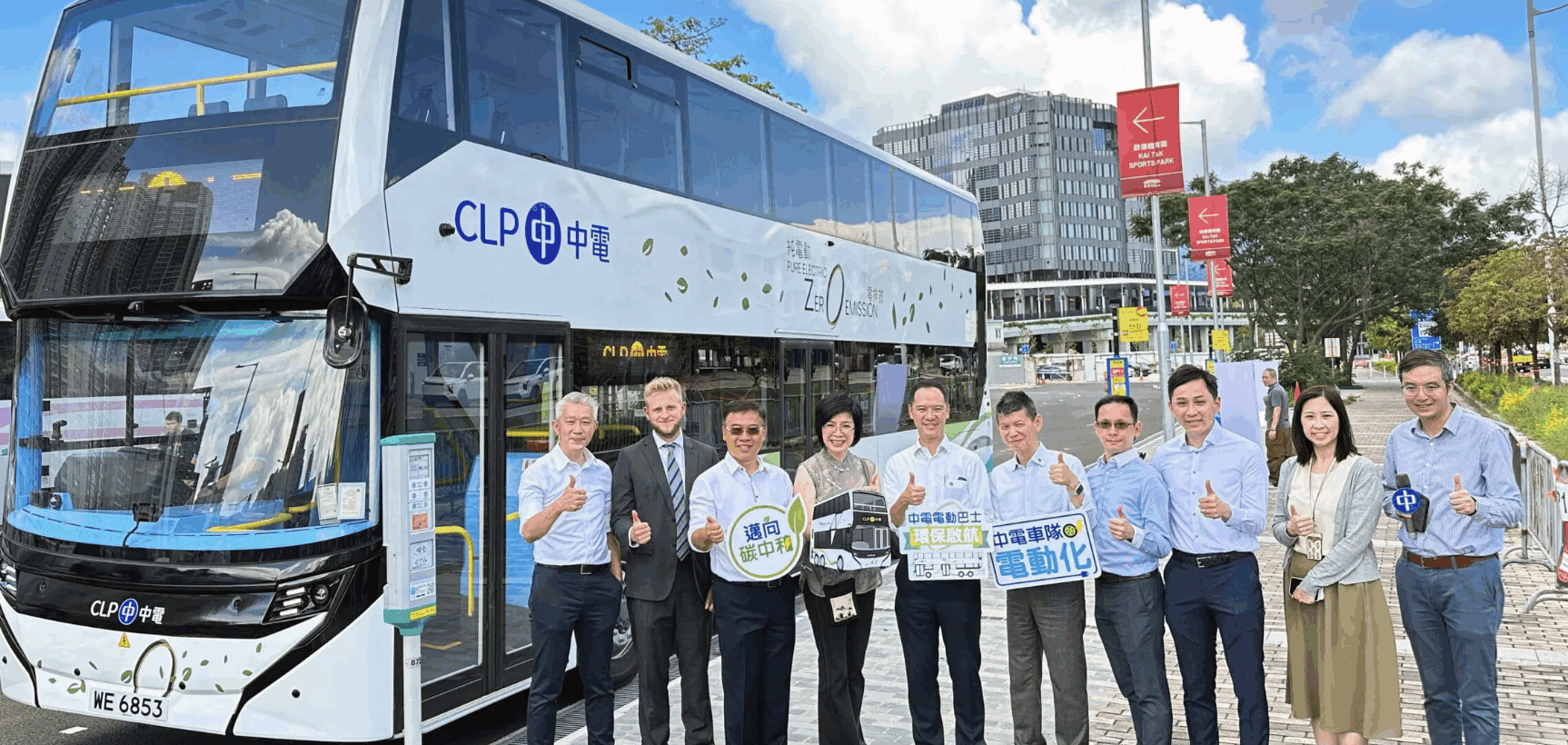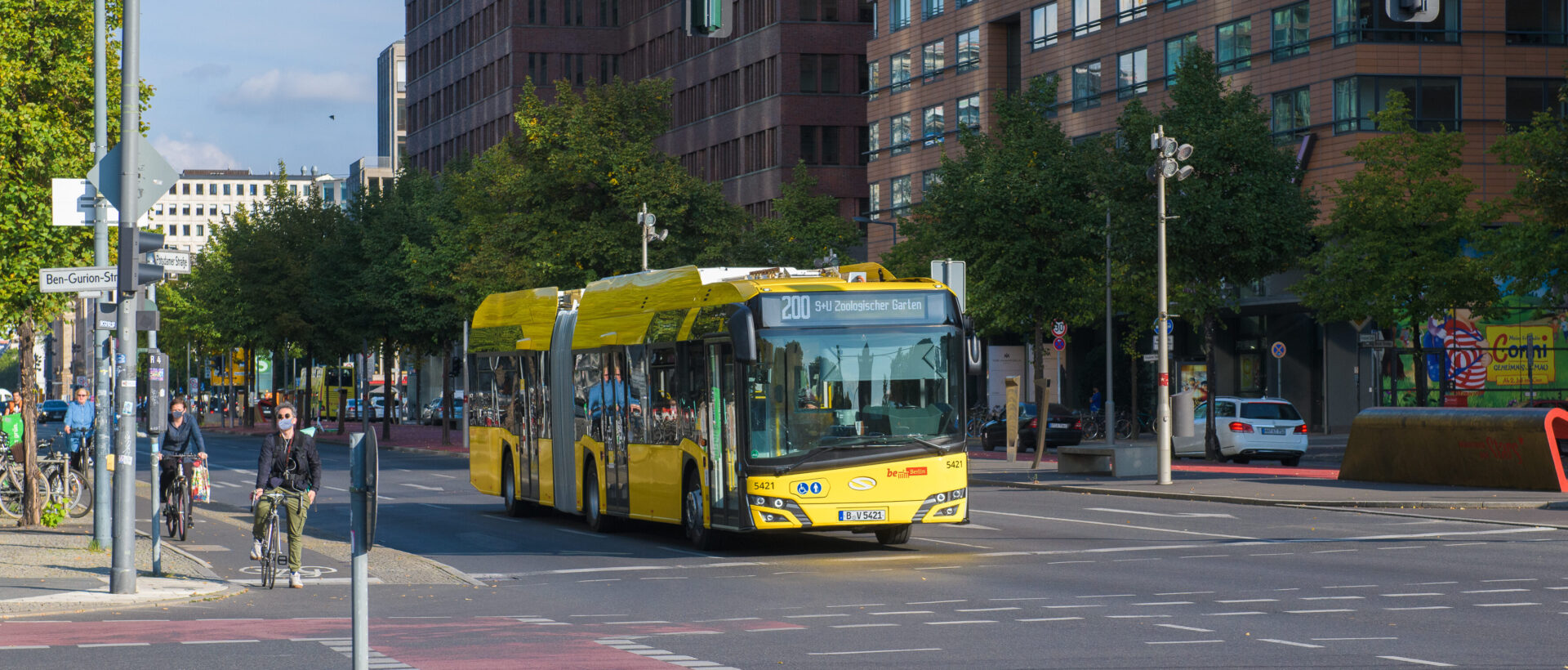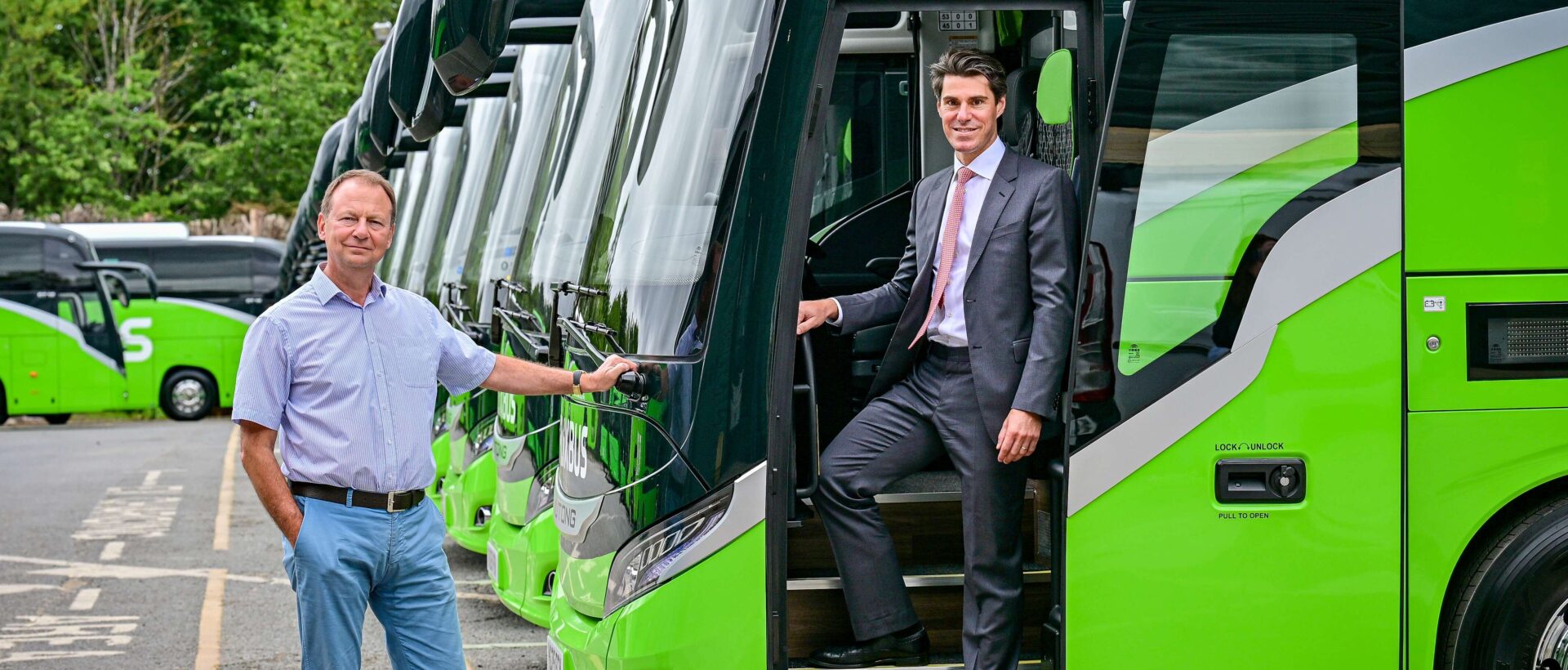Transdev has begun the rollout of its brand-new hybrid Citaro bus fleet on its FLYER network serving Leeds Bradford airport.
The new vehicles, which cost 3.5 million GBP, are the first of fifteen to enter operation and begun service on Thursday 3 July on three dedicated routes connecting Leeds, Bradford, Harrogate and Otley with the Airport.
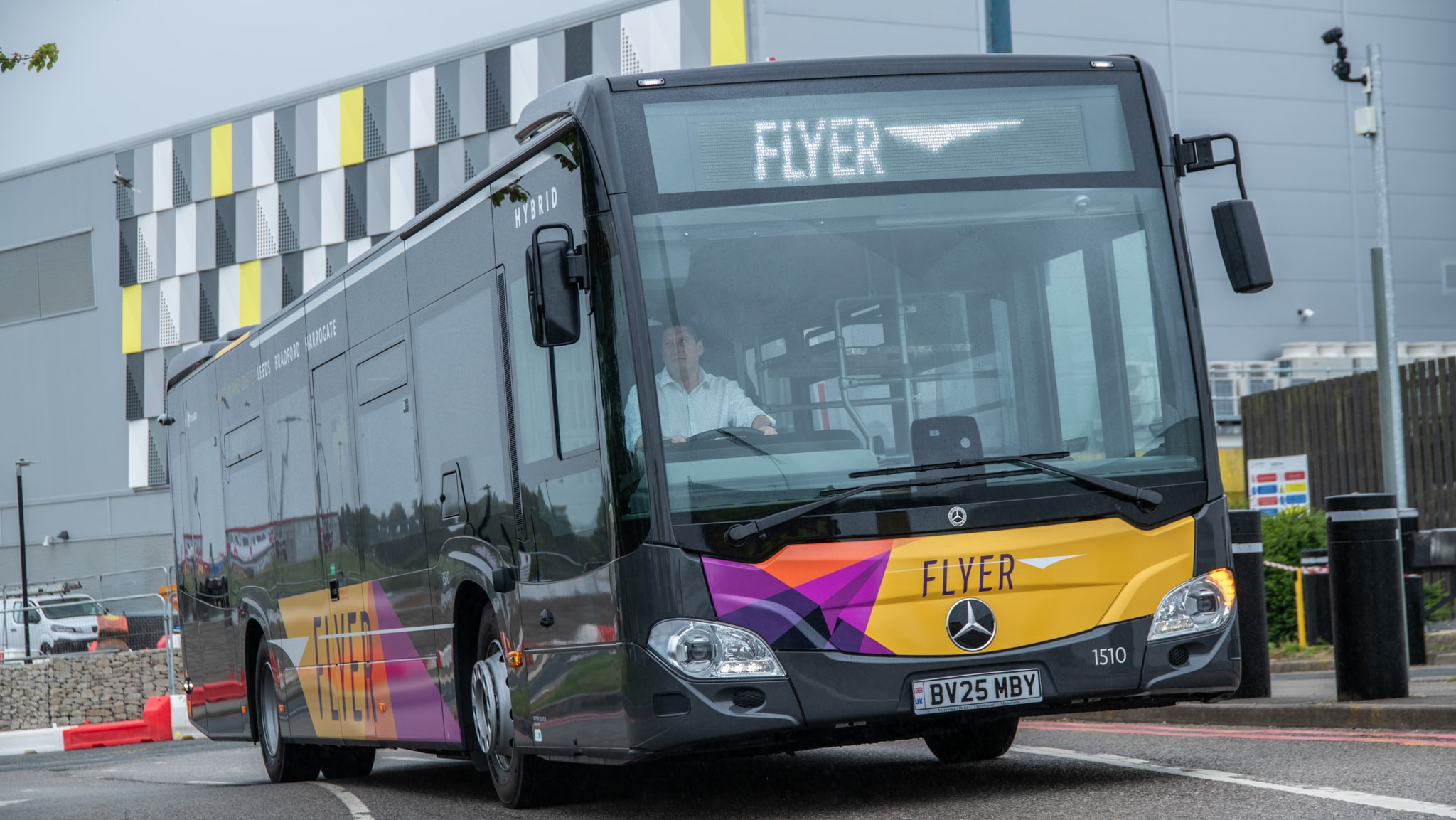
Journeys run every 30 minutes, with departures beginning early in the morning and ending late into the night.
Each bus features a capacity for up to 70 passengers, with 39 seats plus room for an additional 31 standing, an increase of 29% from its current diesel-powered buses (54 total).
The new vehicles are also expected to reduce fuel consumption by up to 8.5%.
Transdev Managing Director, Henri Rohard, said:We are delighted to introduce our new hybrid buses to our FLYER branded bus network, at a significant time for travel to the Airport with the new terminal building extension now open to customers.
Our investment in the most up-to-date hybrid technology is providing a full aviation designed and dedicated fleet to Leeds Bradford Airport, giving airline customers, our customers in general and our colleagues a much more comfortable, accessible and environmentally friendly journey than ever before.
On board each new bus is a full package of customer comfort features, including next stop information displays including a screen facing the dedicated wheelchair space, and a hearing loop system to make communication easier for customers with a hearing disability. There’s also fast and free on-board Wi-Fi and USB charging, plus the latest pedestrian and cyclist detection systems to make the roads safer for everyone.
Each new bus also has plentiful luggage space, reflecting our FLYER buses’ role in taking thousands of business and leisure travellers to connect with flights. We look forward to welcoming our existing and new customers to our fleet.
In addition to their increased capacity, each bus comes equipped with hearing loops, full colour audio-visual display systems, a 14 kw electric motor, electronic assistance at the front and when turning, traffic sign monitoring and electronic tyre report technology.
The remaining buses are set to enter operation over the coming weeks.







